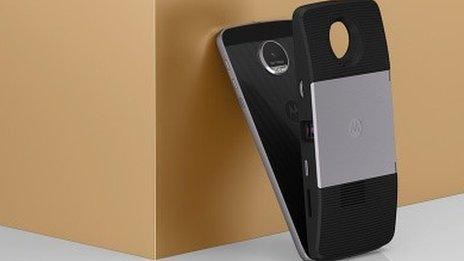Sony, DJI and Lenovo show off new smartphone camera tech
- Published
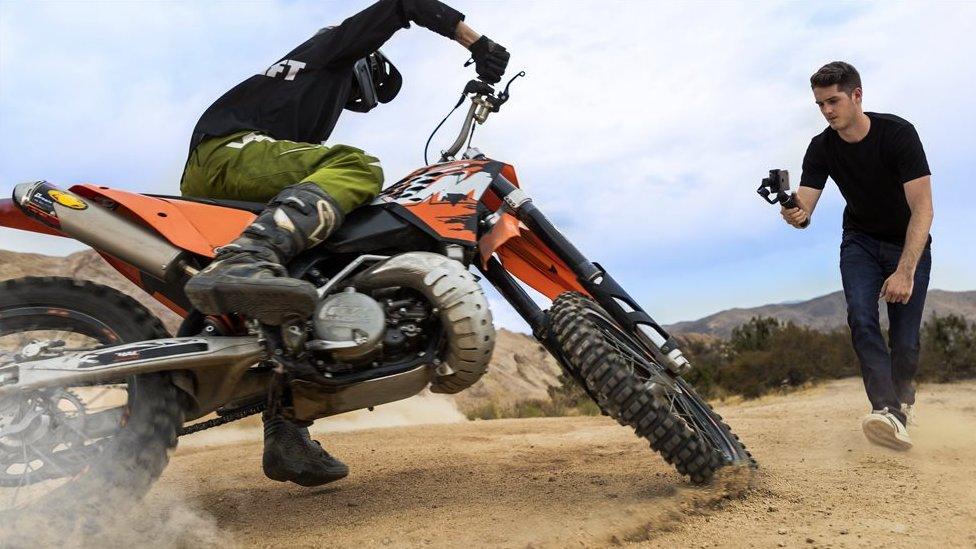
DJI has adapted tech used to make its drone cameras capture smooth footage for use with a phone
A gadget that makes smartphone videos look as if they were shot on a Steadicam and a plug-in that cuts the cost of 360-degree photography are among a range of new handset-enhancing camera products
The new kit has been announced at the Ifa tech show in Berlin.
The idea is to add capabilities that are not currently built into handsets themselves.
But Sony's latest flagship phone also has new photography tricks of its own.
"It seems that people are holding on to their phones for longer, and, so, vendors are hoping to sell them extra things to add on," said Carolina Milanesi, a consumer tech analyst at Creative Strategies.
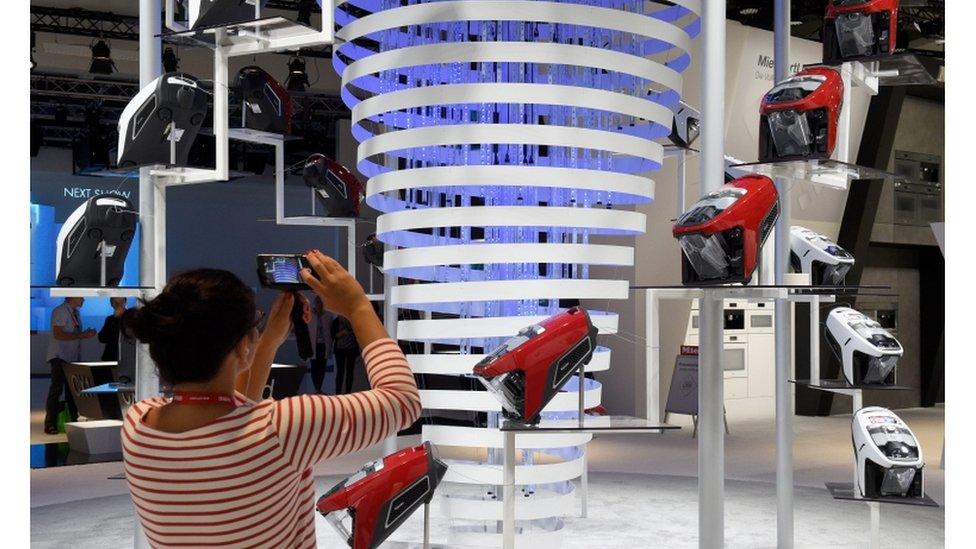
A wide variety of new products - from TVs to robot vacuums - are also on show at Ifa
"And the camera is often the feature they use the most.
"But the price is critical.
"When you are talking about charging about $300 [£226] or more for an add-on, as some of these are, that's tricky because for that amount, consumers will think they may was well buy a standalone device."
Snap-on zoom
The latest snap-on accessory for Lenovo's Moto Z phone will test owner's willingness to stretch their budgets.
The Hasselblad True Zoom provides a 10x optical zoom, which produces superior results to the digital-cropping techniques used by normal smartphone cameras.
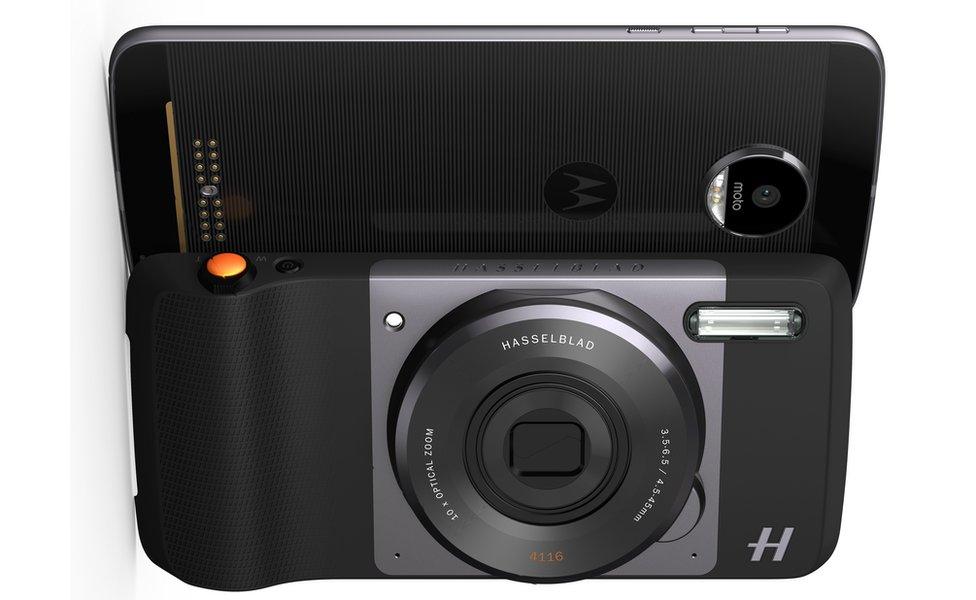
The Hasselblad True Zoom adds an optical zoom lens to Lenovo's smartphone
The accessory also lets users take photos in Raw mode, which provides more scope to alter white balance and exposure, and create more detailed images than JPegs, if they are willing to spend time using photo-editing software.
Priced at £199, it costs half as much as the Moto Z itself.
But it is still less than the DXO One - a rival £399 camera accessory for the iPhone, launched last year.
For its part, the DxO One gets a number of add-ons, external of its own at Ifa, including a waterproof shell costing a further £50.
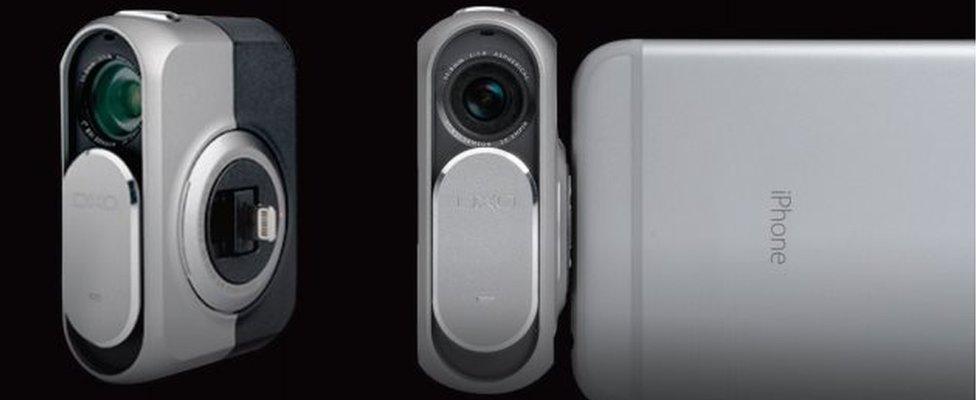
The DXO One camera add-on gets its own spin-off products at Ifa
Early reviews suggest, external DXO's kit has the advantage over Hasselblad's when it comes to image quality, if not price.
'Cinematic shots'
Drone-maker DJI is also targeting phone owners with deep pockets for its new stabilisation system.
The Osmo Mobile is a handheld support known as a gimbal, which uses computer-controlled motors to stabilise an attached smartphone across three axes.
The device is compatible with the latest phones from Apple, Huawei and Samsung, and promises to make it "easy for anyone to capture smooth, cinematic shots".

DJI's Osmo Mobile uses motors to compensate for bumps and jerks
Costing £289, it is more expensive than rival gimbals from lesser-known brands, including Feiyu and Zhiyun. And Steadicam itself makes lower-cost smartphone stabilisers that counteract shakes without needing motors or batteries at all.
But the original DJI Osmo - which includes its own camera and costs 60% more - has been widely praised as, external a way for vloggers and other enthusiasts, external to make their videos appear more professional.
360-degree views
Alcatel's new camera add-ons are not the most advanced on the market, but provide one of the lowest-cost ways to capture virtual reality videos and 360-degree interactive photos.
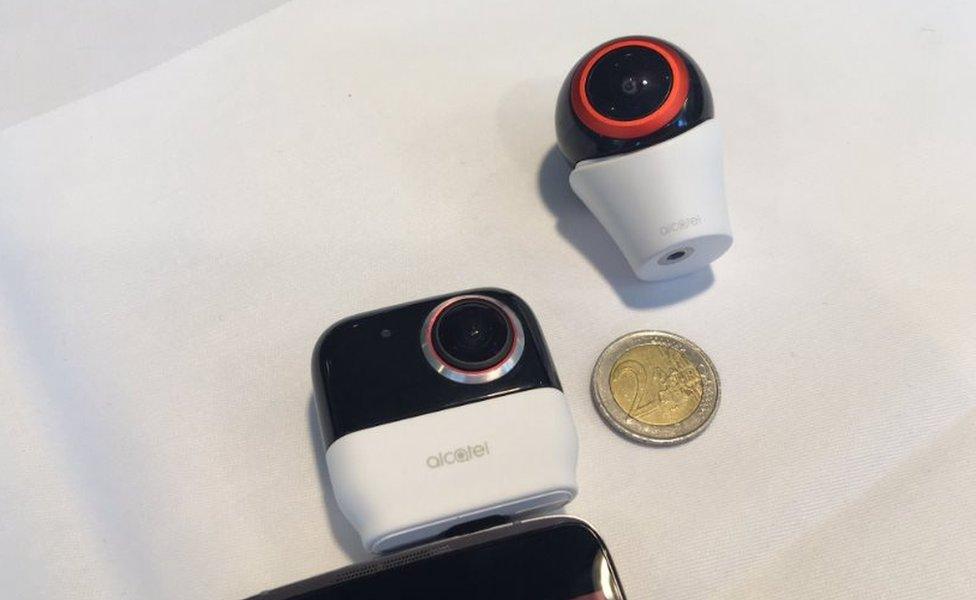
The Alcatel 360 Camera plugs straight into its phones
The French firm's 360 Camera comes in a choice of a rectangular or ball-shaped version, both of which are designed to plug into a phone and offer the same functions.
Costing 99 euros ($110; £83), they are less than half the price of rival 360-degree cameras from Samsung, LG and Theta.
But users will have to wait until next year before Alcatel makes it possible to use them with other handsets than its own.
"By connecting to a smartphone via the MicroUSB port, Alcatel is able to use the processor, memory and battery in the phone which makes this punchy price point possible," said George Jijiashvili, from the consultancy CCS Insight.
"Given that Facebook and YouTube are both already supporting 360-degree content, there is an instant distribution channel to 1.6 billion people."
Steadier shots
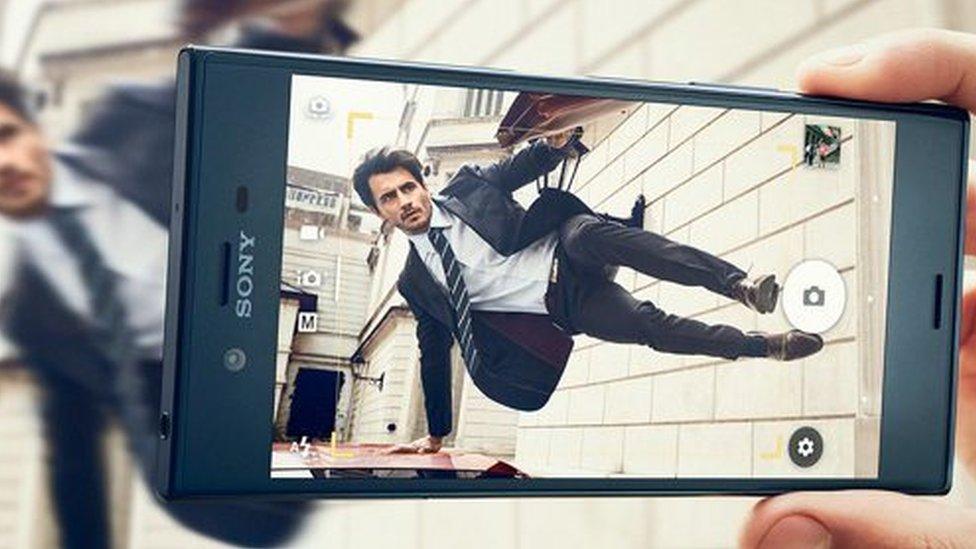
Sony suggests the five-axis stabilisation helps the camera capture blur-free images
Sony is developing a camera add-on of its own - the life-logging Xperia Eye.
But its focus at Ifa is its new flagship smartphone, the Xperia XZ.
The firm boasts it is the first handset camera to feature five-axis image stabilisation, meaning it can compensate for the device being moved up and down and left and right off its mark in addition to pitch, yaw and roll.
This feature was previously limited to high-end cameras, including Sony's Alpha range.

Sony's high-end cameras also feature five-axis stabilisation
But in the phone, the stabilisation is achieved by adding a software effect to the recording rather than moving the sensor about, as the cameras do. As a result, it is less effective.
Moreover, the phone can use the function only when recording video in 1080p high definition, and not the 4K resolution it is capable of.
Other innovations include the introduction of a laser-based autofocus system - a feature pioneered by LG's earlier G3 phone - and new colour-sensing tech built into the sensor that helps it make white-balance judgements.
"I believe it's a bit too technical to resonate with most consumers," said Mr Jijiashvili.
"And when I saw the stabilisation demonstrated, it wasn't a mind-blowing improvement.
"That's a problem for Sony."
- Published31 August 2016
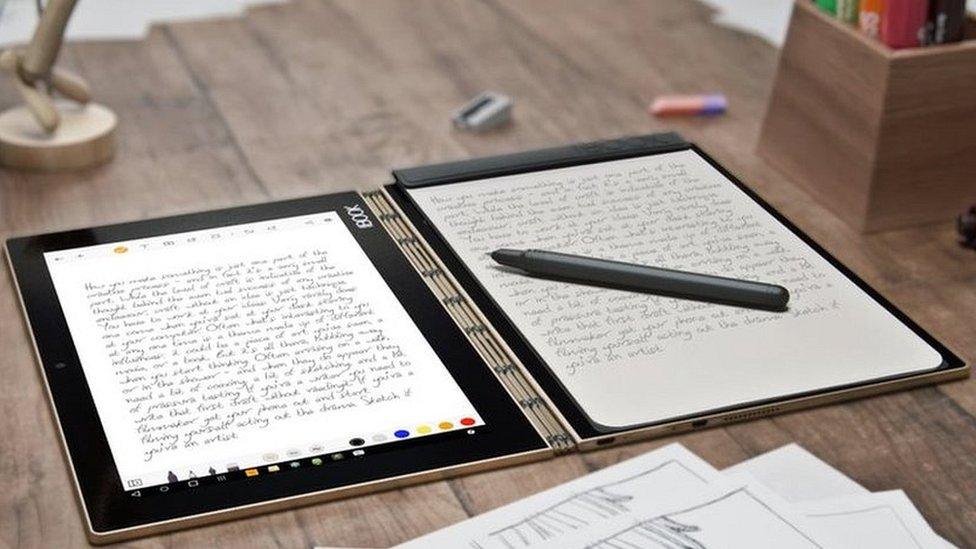
- Published31 August 2016
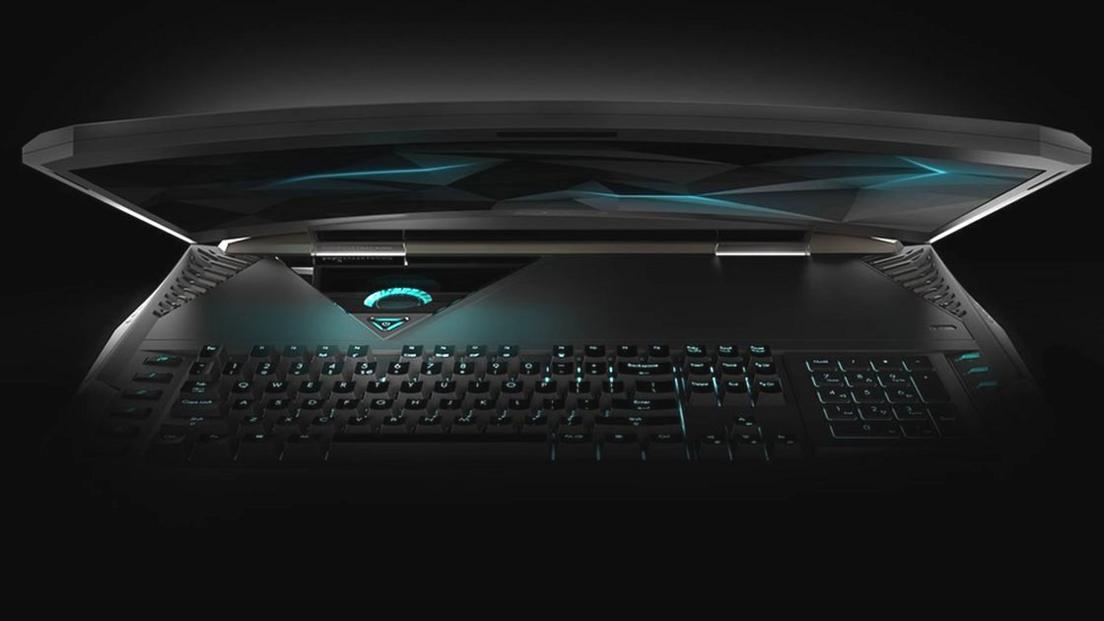
- Published31 August 2016
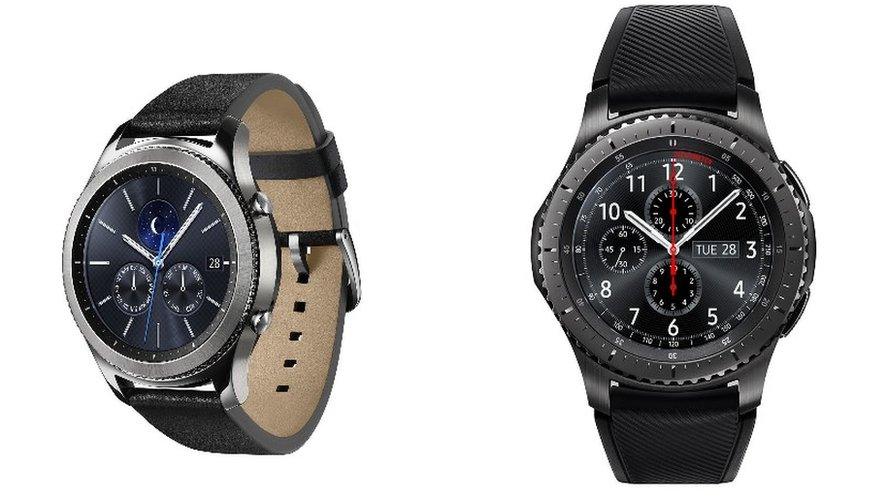
- Published9 June 2016
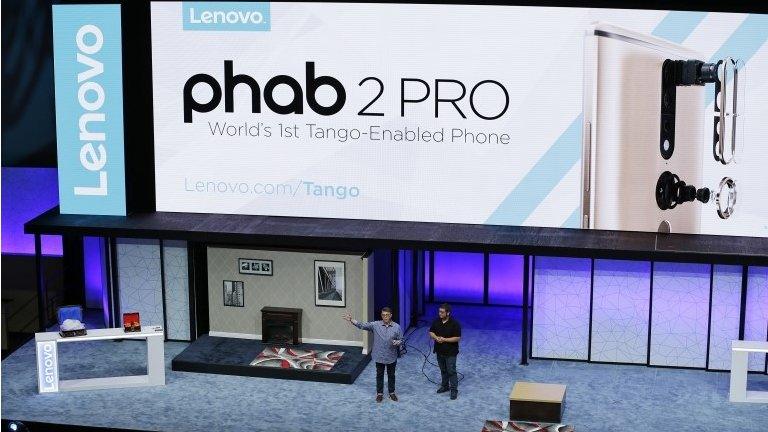
- Published9 June 2016
